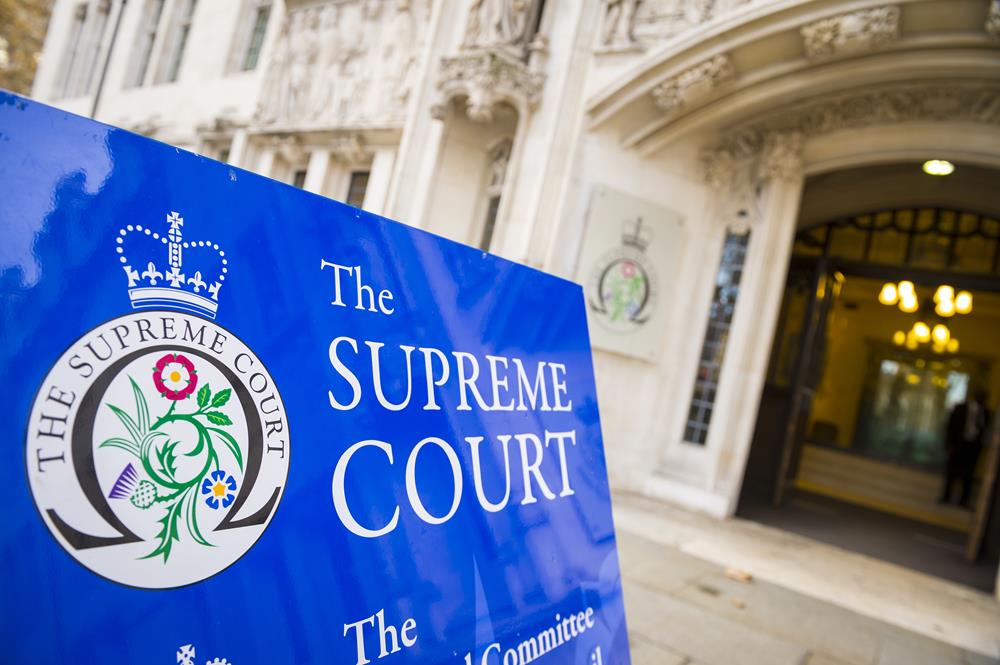Supreme Court's tests for employee status

Barclays Bank v Various Claimants (2020) 2 WLR 960; BLM; UKSC.
Facts
People applying for employment at Barclays Bank were required to pass a medical examination. Barclays arranged for the examination be carried out by a doctor who was self-employed and carried out examinations for a fee at his home.
He sexually assaulted a number of the people he was examining, and they sued Barclays on the basis that it was vicariously liable for the actions of its doctor. The Court of Appeal ruled that he was an employee, for whose acts the bank was vicariously liable
The Supreme Court held
- A person who pays an independent contractor is not liable for the wrongful actions of that contractor. An employee is by definition not an independent contractor.
- The Court of Appeal’s decision was reversed.
Comment
Recently the courts have extended or stretched the definition of an employee more and more widely. For example, in 'Blackpool FC v DSN', a volunteer coach was held to be the employee of a football club.
The Supreme Court’s 2012 decision in 'Various Complainants v Catholic Child Welfare Society' stretched the definition of employee to include priests who were not employed by the society, regarding assaults upon children it had entrusted to their care.
This decision reins in the expansion; Lady Hale stated that the critical question is whether the wrongdoer is carrying on business on his own account.
A wrongdoer who is carrying on business on his own account is an independent contractor, while a wrongdoer who is not acting on his own account is more likely to be in a relationship which is “akin to employment”, and so within the scope of vicarious liability.
Whether a person in a position “akin to employment” depends on the following issues:
- Is the employer more likely to have the means to compensate the victim and could be expected to have taken out insurance accordingly ?
- Was the tort committed as a result of activity being carried out by the employee on behalf of the employer?
- Was the employee’s activity part of the business activity of the employer?
- Did the employer by employing the employee to carry on the activity create the risk of the wrongdoing committed by the employee? and
- Was the employee to a greater or lesser extent under the control of the employer?
For more specialist legal advice please get in touch with Lucilla Waugh on 0191 211 7984 or email [email protected]
